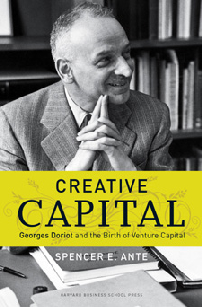I just got a first look at the June ComScore numbers for the top social networking Web sites in the U.S.
The big story is that Facebook saw a nice jump in unique visitors and it continues to grow faster than MySpace and the overall market.
In June, Facebook claimed 37.4 million unique visitors, up from 35.6 million in May. Year over year, Facebook saw its uniques rise 34%, up from 27.9 million last June. By contrast, the total number of Americans visiting social networking sites grew 6% over the previous June to 189.9 million. Meanwhile, MySpace only saw 3% annual growth in its visitors, rising to 72.8 million from 70.5 million.

Clearly, MySpace is still the leader in terms of the U.S. social networking audience. Even if Facebook continues to outpace MySpace at these growth rates, Rupert Murdoch’s prize acquisition is in no danger of losing its billing as the largest U.S. social network any time in the near future. Even so, Facebook clearly has the mojo, and continues to nip at it heels.
The engagement numbers are sort of a mixed bag. MySpace, Facebook, and Orkut are clearly grabbing the lion’s share of attention in the U.S. social networking space. In the second quarter, MySpace saw a nice jump of 15% to 677 minutes spent on the site compared to the year-ago quarter. However, engagement dropped 2% compared to the first three months. As for Facebook, the average minutes per visitor fell 8% in the second quarter to 527 minutes, compared to the year-ago quarter. However, engagement increased 5% over the first quarter of 2008. Bottom line: people continue to spend a lot of their time on these sites.

I asked ComScore senior manager Andrew Lipsman what he made of Facebook’s gains. He said it’s hard to pinpoint exactly, but it’s probably a seasonal bump enjoyed by leisure-type Web sites. “Leisure–oriented sites (gaming, social networking) sometimes have a tendency to see seasonal gains in the summer when people have more leisure time,” wrote the 28-year-old Lipsman. “Anecdotally, it does seem as though my contemporaries have very recently been flooding onto the site. I wonder if there is any increased word-of-mouth effect due to people being out more during the summer? Just a guess, but I suppose it’s possible.”
I have to agree with him on the second point. Since joining Facebook more than a year ago, I have seen a steady increase in my friends. But over the last few months, my friend requests have seemed to spike. I’m getting a lot of friend requests from old high school friends I haven’t spoken to or seen in many years.
This seems to show that Facebook is following the traditional adoption curve. The innovators and early adopter crowd have already joined the party. Now, Facebook seems to be attracting the early majority crowd—the folks who are not the first on the block with the slick new gadget but over time they tend to come around and adopt whatever the early adopters deem cool or useful.
Final notes: Among the other top social networking sites, LinkedIn and Orkut are seeing the highest growth rates. LinkedIn more than doubled its U.S. audience, hitting 4.1 million users in June, up from 1.7 million the previous June. And Orkut, Google’s social networking play, also doubled in size, reaching 1.2 million users, up from 588 million the previous June.


